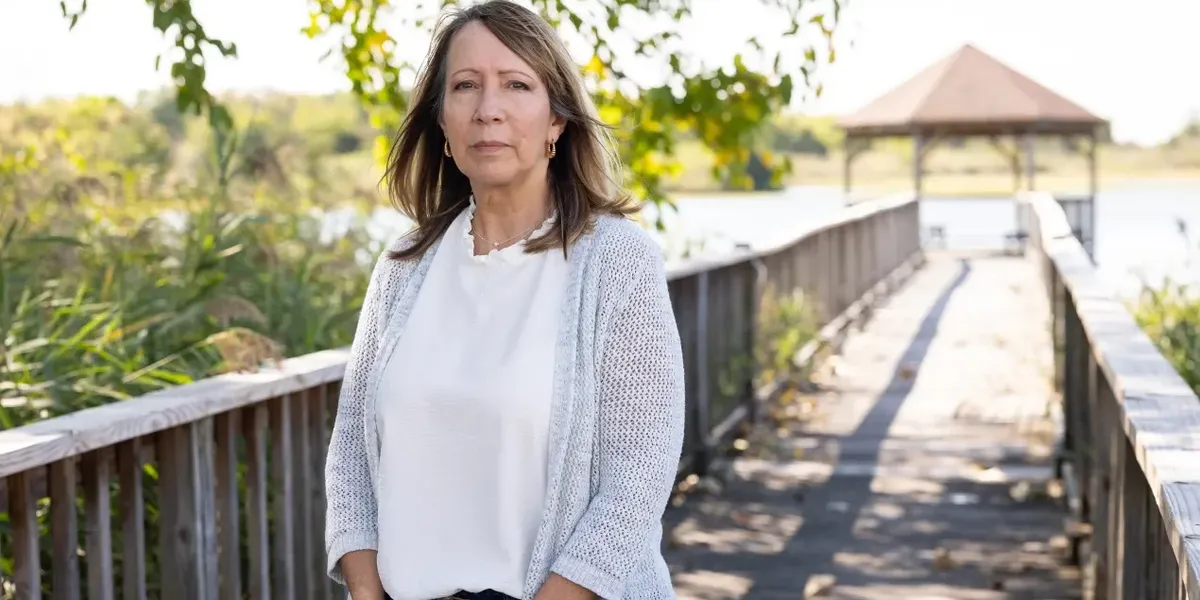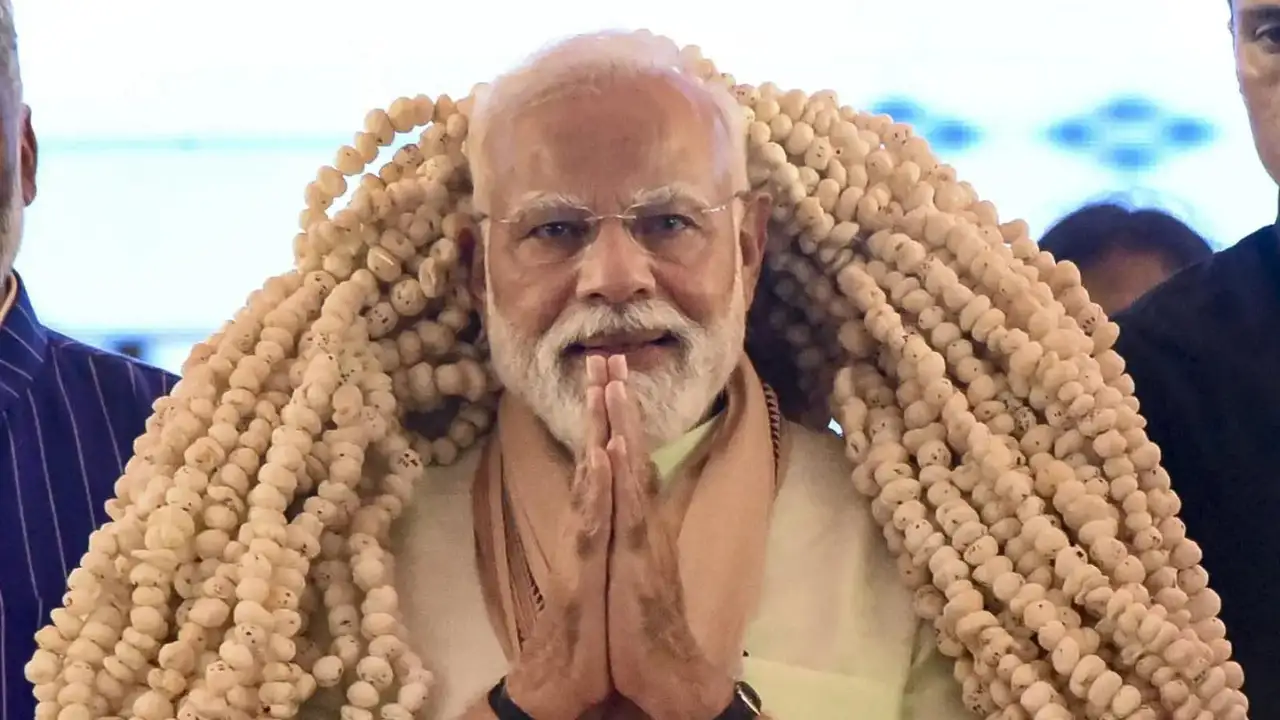
Amy Acton has dusted off a decades-old political strategy in Ohio, and it might just be the Democrats’ best hope for reclaiming the governor’s mansion.
On Wednesday’s Today in Ohio podcast, hosts connected former Governor Dick Celeste’s recent endorsement of Amy Acton to a larger strategic picture that could reshape Ohio’s political landscape.
The 87-year-old Celeste—the last Democrat to win a second term as Ohio governor—has thrown his support behind Acton, the former health director who gained prominence during the pandemic. But this endorsement represents more than just a symbolic passing of the torch.
“Actually ,Amy Acton said that it was Celeste who approached her about running,” Lisa Garvin explained. “Celeste says Acton will focus on ordinary Ohioans. People are sick and tired of political parties and they just want someone to work for them.”
What makes the endorsement particularly significant is the strategic playbook it represents. Chris Quinn identified a clear pattern emerging in Acton’s early campaign movements—one that mirrors Celeste’s successful approach decades ago.
“I think Acton is following the Celeste playbook,” Quinn observed. “Celeste knew he would not win outright many of Ohio’s rural counties, which lean Republican. But all he needed to do, he knew, was to peel away a couple of percentage (points) of the vote in each of those counties, get heavy turnout in the Democratic counties and he can win. And he did it twice. Acton is spending all of these early months in a lot of those counties talking to people.”
This strategy acknowledges political realities while avoiding the trap of writing off entire regions of the state. Rather than conceding rural Ohio to Republicans, Acton is investing time there, recognizing that even small gains can accumulate into statewide victory when combined with strong turnout in urban Democratic strongholds.
However, Quinn identified a crucial weakness in this approach: “The trick for her, I think the bigger challenge: How do you get people in urban areas to vote?… Cleveland is not showing up to vote since Obama was elected. They just don’t vote. And if she can’t get the urban areas to vote, it doesn’t matter how many percentage points she peels off in rural areas.”
This highlights the dual challenge facing Acton and Ohio Democrats. While making inroads in Republican-leaning areas is essential, energizing the base in Cleveland, Columbus, Cincinnati, and other urban centers remains equally critical.
Acton’s campaign seems to be positioning her as a different kind of candidate—one who transcends partisan dividing lines by focusing on issues that affect everyday Ohioans across the political spectrum. This approach could be particularly effective in a state where many voters feel disconnected from both parties.
But Republicans have been running the table in Ohio for years, with endorsements from President Donald Trump immediately vaulting them to victory. Trump has endorsed former presidential candidate and business leader Vivek Ramaswamy in Ohio, as has the state Republican Party, giving Ramaswamy a clear and decided edge in next year’s race.
As the 2026 gubernatorial race begins to take shape, the resurrection of the Celeste playbook offers a glimpse into how Democrats might battle Ramaswamy, but much has changed in Ohio since Celeste won his two terms. The question remains whether Acton can successfully implement his strategy in today’s polarized political environment.
Listen to the discussion here.
Read more Today in Ohio news
Cleveland vs everyone else: Inside Northeast Ohio’s battle for planning power
Jim Jordan ends some social media censorship, but platforms continue harming U.S. democracy
30,000 Ohio children stripped of healthcare while billions given to rich: “Stain on Ohio”



